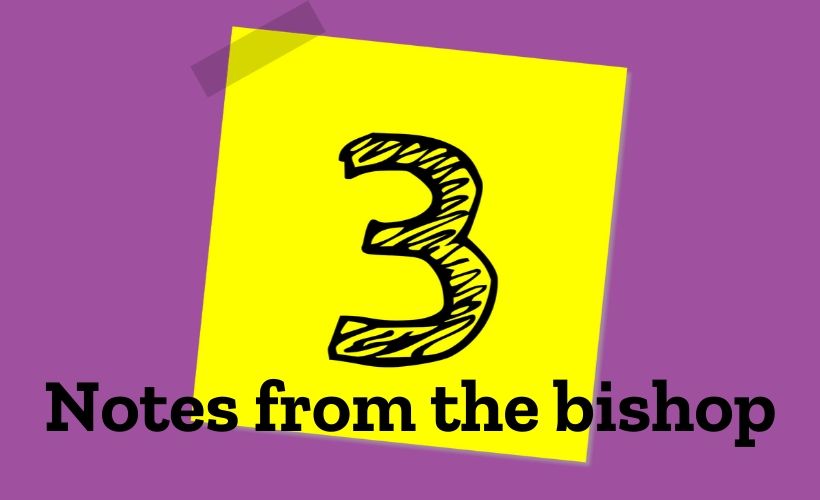Polarities
At the ELCA/Alban Institute “Head of Staff Seminar” in 2000, Roy Oswald spent an afternoon talking with the group about polarities. He drew a big “plus sign” or cross on the board, put “plus” signs in each of the two upper quadrants and “minus” signs in each of the two lower. Then he said something like, “One of the biggest obstacles to effective leadership is the misdiagnosis of situations. Most things leaders tend to assume are ‘problems’ are actually more likely ‘polarities.’” Problems call for solutions. You solve a problem and succeed, or you don’t solve a problem and you fail. Polarities, on the other hand, cannot be solved. They can, and must, be wisely managed by leaders.
Think of a polarity as spectrum on which there are always the two extremes. Neither is a helpful or even acceptable place to remain. The silly but clear example Oswald used with us was breathing. “What happens,” he asked, “if you misdiagnose the breathing cycle (inhale, exhale, etc.) as a PROBLEM rather than a POLARITY?” Picture our quadrant I mentioned above. Above the two left quadrants, both the top plus one and the bottom minus one, we label “Inhaling.” The two right quadrants, both the positive top one and the bottom negative one are labeled “Exhaling.”
When we misdiagnose breathing—that is, whether I’m an inhaler or an exhaler—as a problem that must be solved, we find ourselves with nothing but absurdities and frustrating if not fatal “solutions.” In the upper-left we can write the positive reasons we’ve decided to be “Inhalers”: Fresh Oxygen! But if we stick only with this “solution” to our “problem,” we soon hit a brick wall. Poisonous carbon dioxide builds up in our cells, and our body screams, kicking us into the negative lower-left quadrant that is the flip side of a decision only to inhale. When we get desperate enough, we may decide that we had been wrong. And so we embrace change, however reluctantly, and become exhalers, kicking us back into the positive upper-right quadrant, releasing the poisonous CO2, making room for more fresh oxygen, etc.,…until, of course, we necessarily slide into the negative lower-right quadrant of being ONLY an exhaler, which kicks us diagonally upward to the left back into the positive quadrant of being an inhaler.
You see what’s happening, right? If you connect the dots in the four quadrants with directional arrows, you get a closed loop resembling the infinity symbol. Constantly changing, becoming, and living. Much of our life, by far most of it, is polarity to be managed (dynamic) rather than problem to be solved (static). Strict or lenient with the kids? You can fall into the ditch on either side! Or, in our Lutheran dialectical theology, the false “problem” could be “Law OR Gospel?” “Judgment OR mercy?” “Sinner OR Saint?” No, we realize those are both/and situations. Polarities. Just as the ancient prophets afflict the comfortable and comfort the afflicted, and that’s often with the very same message, interpreted differently depending on one’s situation! In this perspective, even divisive terms like “liberal” and “conservative” are revealed to be positions on a dynamic spectrum.
Though we often feel drawn to “fix” a situation from a leadership perspective, we may do well to understand our call to “manage” said situation. This calls for both patience and endurance when we find ourselves in the negative quadrants and courage to embrace the positive aspects of the “other side.” Ecclesiastes said it this way: “To everything there is a season, and a time for every purpose under heaven.” The lamb on the throne in Revelation reminds us, “Behold, I make all things new.”
A huge part of the freeing message of the Gospel of Jesus—stronger than our sin, stronger than our death, whose coming we await in hope—is that God’s got this. And God’s got us. And if both of those things are true, then we’re going to be even better than okay. We are blessed.



